Table of Contents
1. Introduction
In 2023, Wealth concentration and distribution in India have become paramount concerns. India’s remarkable economic growth in recent decades has coincided with the rising concentration of wealth in a handful of key cities. This phenomenon is not unique to India, but it raises critical concerns about the fairness and sustainability of the nation’s economic development. This blog explores the driving factors behind wealth concentration, the wide-ranging implications it carries, and the policy challenges involved. It also delves into specific examples of its impact on major cities.
India’s primary cities have become focal points of wealth and economic activity:
2.1 Mumbai
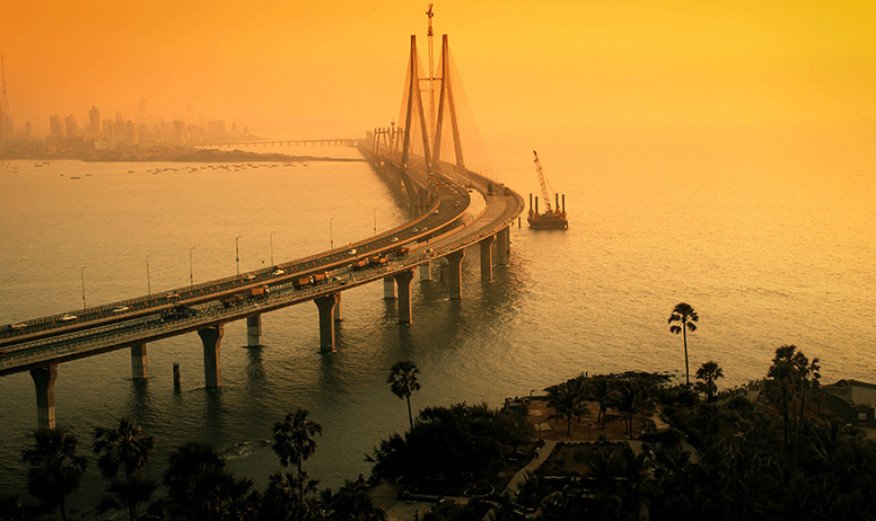
Mumbai, known as the financial capital of India, boasts the highest number of high-net-worth individuals (HNIs) in the country. The city is a hub for financial markets, corporate headquarters, and the entertainment and fashion industries.
2.2 New Delhi
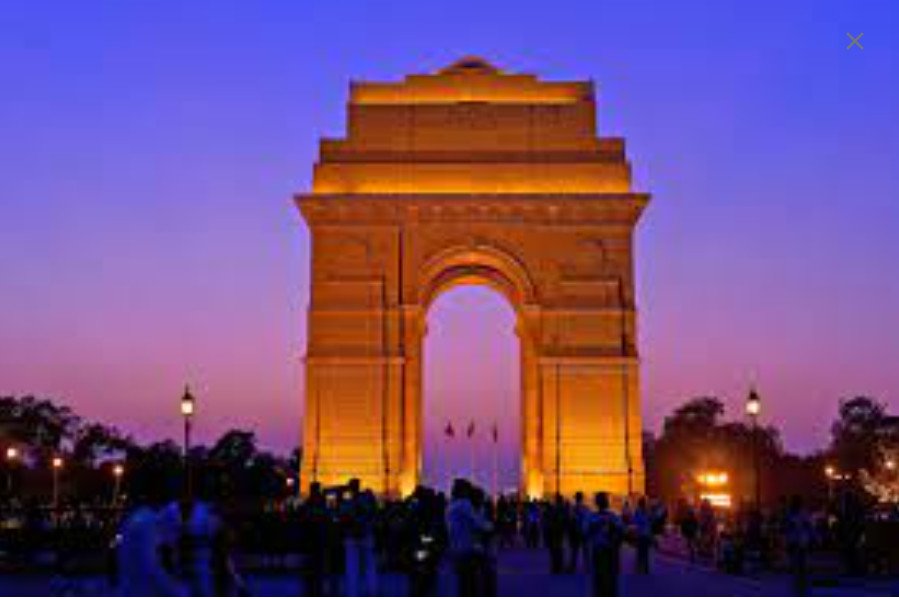
As the capital of India, New Delhi is a major center for government, business, and finance. It houses the headquarters of numerous large Indian and international companies
2.3 Bengaluru
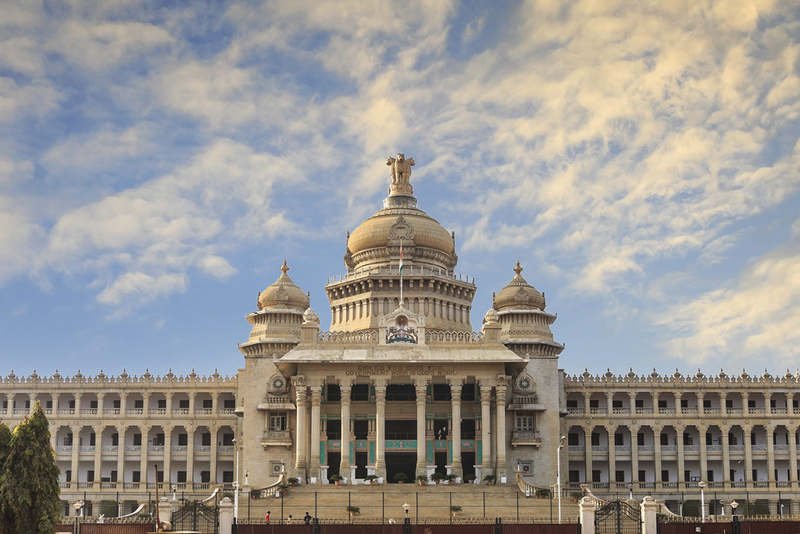
Bengaluru, often referred to as the “Silicon Valley of India,” is famous for its concentration of IT and technology companies. It’s also a significant center for education and research.
2.4 Hyderabad
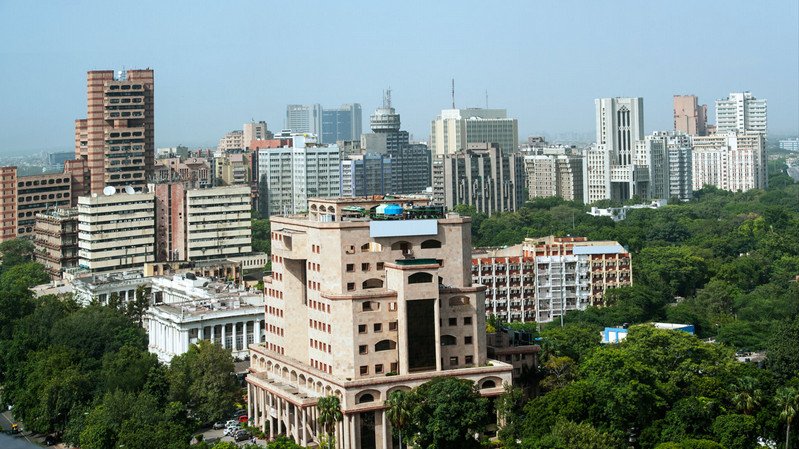
The capital of the state of Telangana, Hyderabad, is a major player in the IT, pharmaceutical, and biotechnology industries. It’s also rich in historical and cultural attractions.
2.5 Chennai

Chennai, the capital of Tamil Nadu, is a prominent center for the automobile, manufacturing, and IT industries. It’s home to cultural attractions like Marina Beach and the Kapaleeshwarar Temple.
2.6 Other Cities
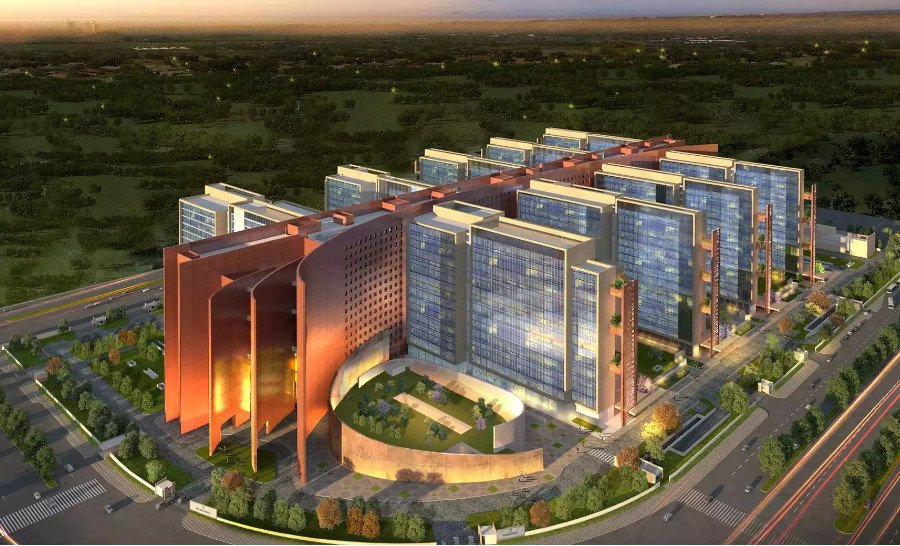
Other cities such as Ahmedabad, Kolkata, Pune, Surat, and Gurugram also house a substantial number of HNIs and play essential roles in various industries.
Several factors contribute to the concentration of wealth in key cities:
3.1 Urbanization
India is experiencing rapid urbanization, which leads to economic activity and job opportunities becoming concentrated in urban areas. The pull of urban centers draws individuals seeking better prospects.
3.2 Education
Cities tend to offer better educational institutions, attracting talented individuals and creating opportunities for wealth creation. This educational advantage is a strong magnet for people in pursuit of prosperity.
3.3 Infrastructure
Cities usually have more advanced infrastructure compared to rural areas, making them more attractive to businesses and investors. This better infrastructure includes transportation, communication, and utilities.
3.4 Policy Environment
Cities often maintain more business-friendly policies, which can foster higher economic growth and wealth creation. This includes policies that facilitate business setup, innovation, and economic development.
The concentration of wealth in key cities has multiple implications for India’s economic development:
4.1 Inequality
Concentration can lead to significant wealth inequality, as a small fraction of the population controls a substantial share of the country’s resources. This disparity can lead to social unrest and erode public trust in institutions.
4.2 Environmental Degradation
The concentration of economic activity in cities can lead to various environmental challenges. These may include air pollution, traffic congestion, and water scarcity due to the increased demands of urban populations.
Addressing wealth concentration in India presents several challenges to the government:
5.1 Improving Education and Infrastructure
Enhancing the quality of education and infrastructure in rural areas is essential to create more economic opportunities. This would help reduce the need for people to migrate to cities in search of jobs.
5.2 Promote Decentralized Development
Enhancing the quality of education and infrastructure in rural areas is essential to create more economic opportunities. This would help reduce the need for people to migrate to cities in search of jobs.
5.3 Progressive Taxation
Implementing progressive taxation can be a crucial step in reducing inequality. A progressive tax system ensures that those with higher incomes contribute a larger share of their earnings to support public services and social programs.
6.1 Mumbai: Housing Crisis
The concentration of wealth in Mumbai has led to a housing crisis in the city. Housing prices in Mumbai are among the highest in the world, making it difficult for middle-class and low-income individuals to afford living in the city. This has contributed to the growth of slums and informal settlements, which are often overcrowded and lack basic amenities.
6.2 New Delhi: Air Pollution
The concentration of wealth in New Delhi has resulted in a severe problem of air pollution in the city. New Delhi is frequently ranked among the most polluted cities globally, which has a detrimental impact on the health of its residents. Air pollution also has a negative impact on the economy, as it can lead to lost productivity and increased healthcare costs.
6.3 Bengaluru: Traffic Congestion
Concentration of wealth in Bengaluru has given rise to a major issue of traffic congestion. Bengaluru is one of the most congested cities in the world, which negatively affects the productivity of its residents. Traffic congestion also contributes to environmental problems, such as increased air pollution.
6.4 Hyderabad: Water Scarcity
The concentration of wealth in Hyderabad, located in a dry region, has led to a growing problem of water scarcity. The city faces a significant shortage of water, which adversely impacts the residents as well as the businesses operating in the area.
The concentration of wealth in a few key cities can lead to resentment and social unrest among those who feel left out of the country’s economic growth. It can also lead to a decline in social cohesion as people from different social and economic backgrounds become increasingly isolated from each other.
8.1 Invest in Rural Education and Infrastructure
One of the key solutions to address wealth concentration is to invest in improving the quality of education and infrastructure in rural areas. By providing access to quality education and creating better living conditions, rural areas can become more attractive for individuals and businesses.
8.2 Promote Decentralized Development
– Regional Infrastructure Investment: The government should invest in improving infrastructure in non-urban regions, making them more conducive for businesses to operate. This includes road networks, energy supply, and digital connectivity.
– Satellite Towns: Developing satellite towns around major cities can help alleviate the pressure on urban centers. These satellite towns can offer affordable housing, job opportunities, and access to essential services, reducing the need for urban migration.
– Incentives for Rural Businesses: Providing incentives for businesses to establish operations in rural areas can help in creating job opportunities and stimulating economic growth. These incentives can include tax benefits, grants, and simplified regulatory processes.
8.3 Progressive Taxation
Implementing a progressive tax system is a crucial policy tool to reduce wealth inequality. This approach ensures that those with higher incomes contribute a larger proportion of their earnings to support public services and social programs. The revenue generated can be reinvested in education, healthcare, and infrastructure, benefiting all citizens and regions.
The concentration of wealth in a few key cities is a complex issue with far-reaching implications for India’s economic development. While these cities drive economic growth and innovation, the downsides of wealth concentration, including inequality, social unrest, and environmental degradation, cannot be ignored.
To ensure a more equitable and sustainable economic landscape, the Indian government must take comprehensive steps. These include improving the quality of education and infrastructure in rural areas, promoting decentralized development, and implementing progressive taxation. Striking the right balance between urban and rural development is crucial to ensure that the benefits of economic growth are shared more equitably across the nation.
Wealth concentration in cities can lead to increased urbanization, contributing to environmental problems such as air pollution, traffic congestion, and water scarcity.
Social consequences of wealth concentration include increased inequality, social resentment, and a decline in social cohesion as different socioeconomic groups become isolated from each other.
The government can address wealth concentration through investments in rural education and infrastructure, promoting decentralized development, and implementing progressive taxation.
Yes, cities like Ahmedabad, Kolkata, Pune, Surat, and Gurugram also experience wealth concentration in various industries, contributing to regional economic disparities.
This blog is intended to provide insights and recommendations for addressing wealth concentration in India but should not be considered a substitute for professional advice or the most current information available.

